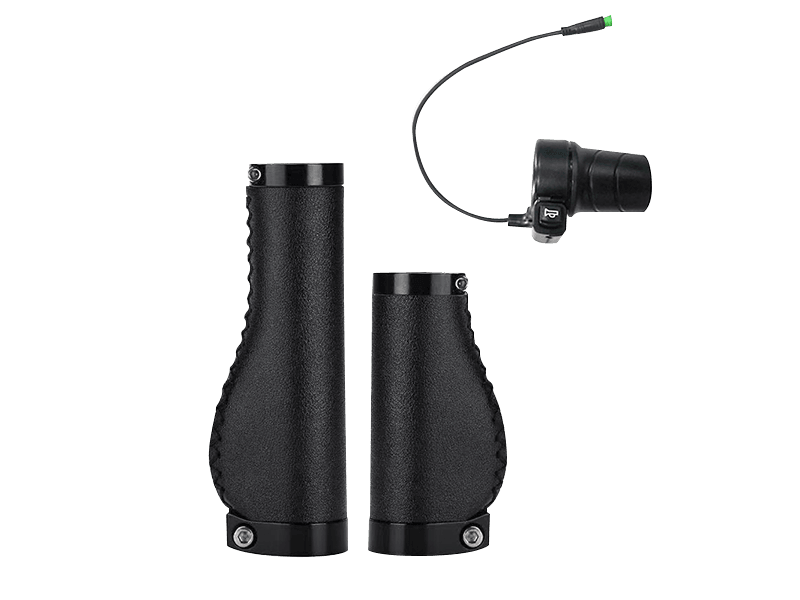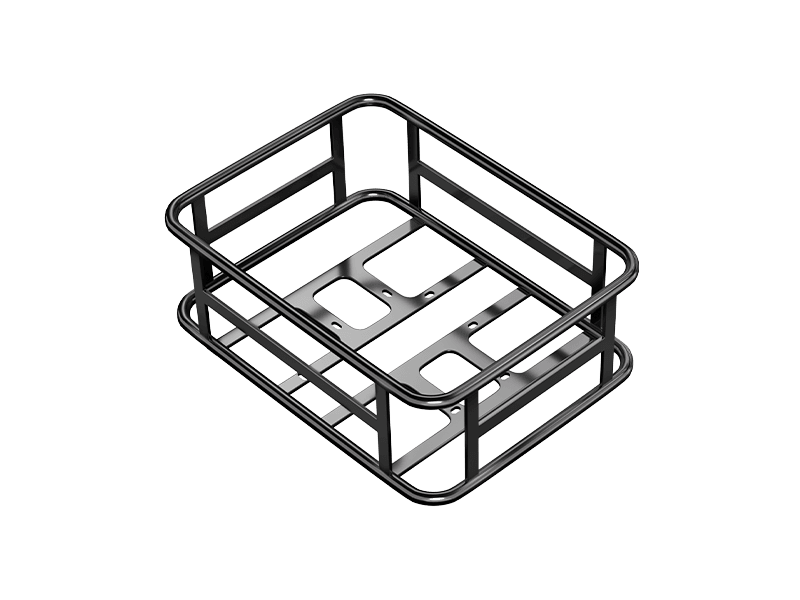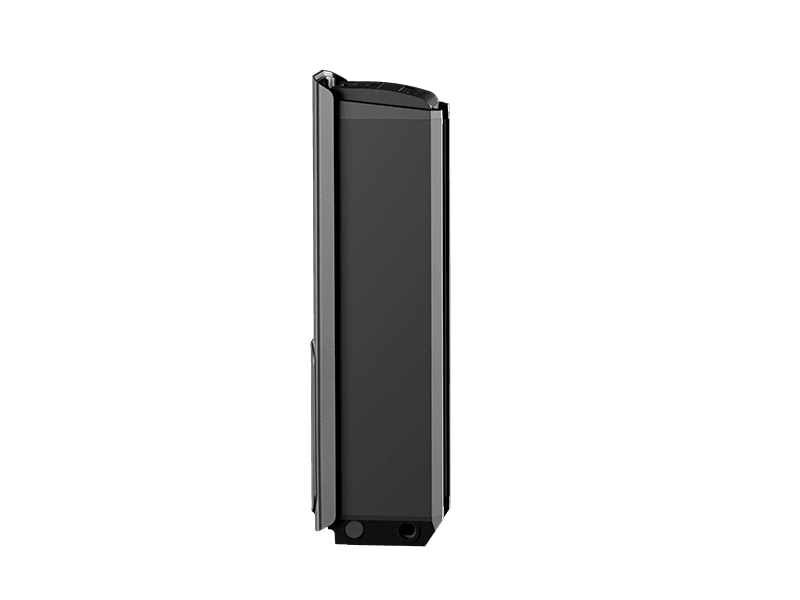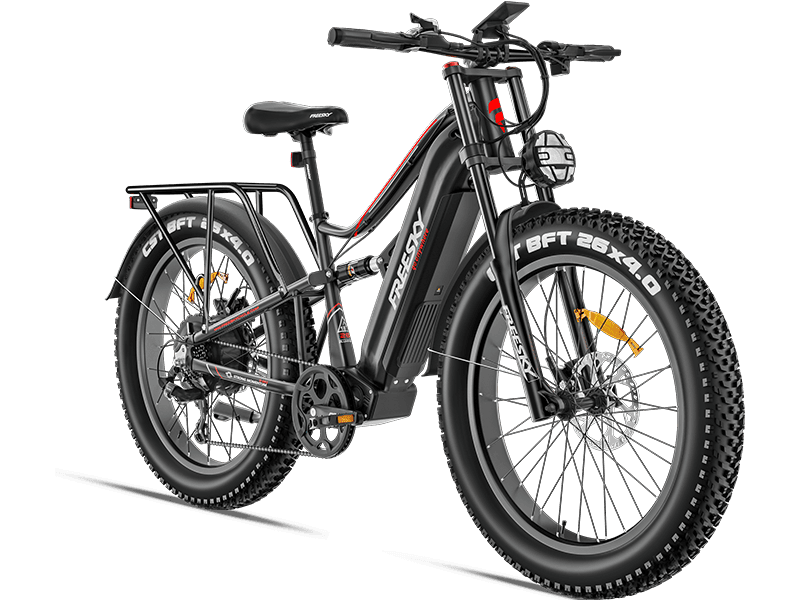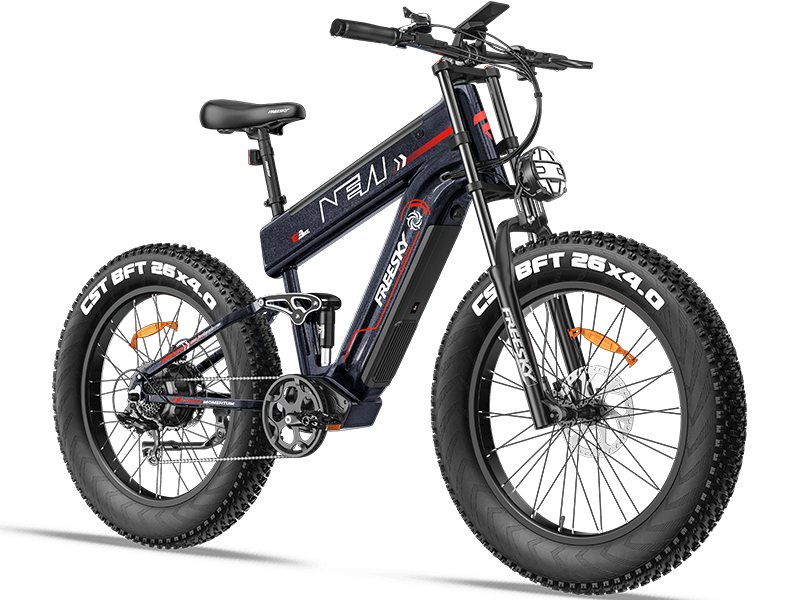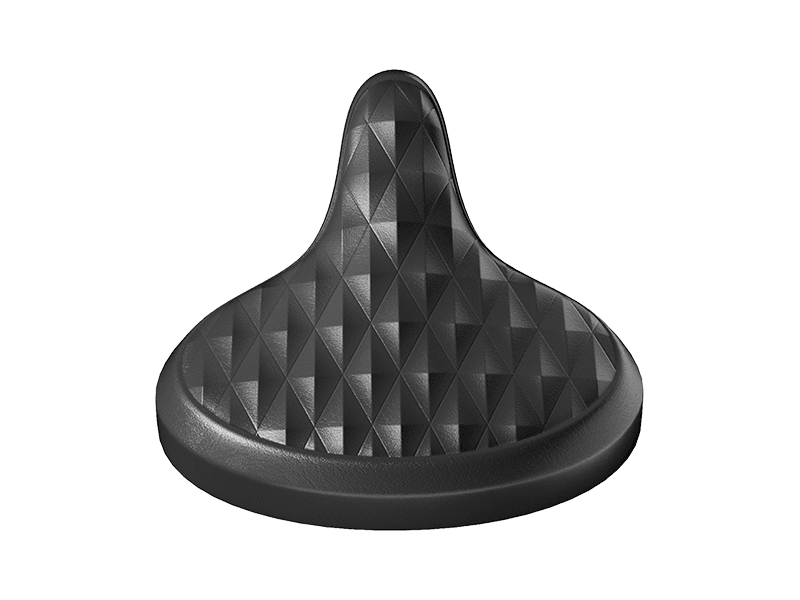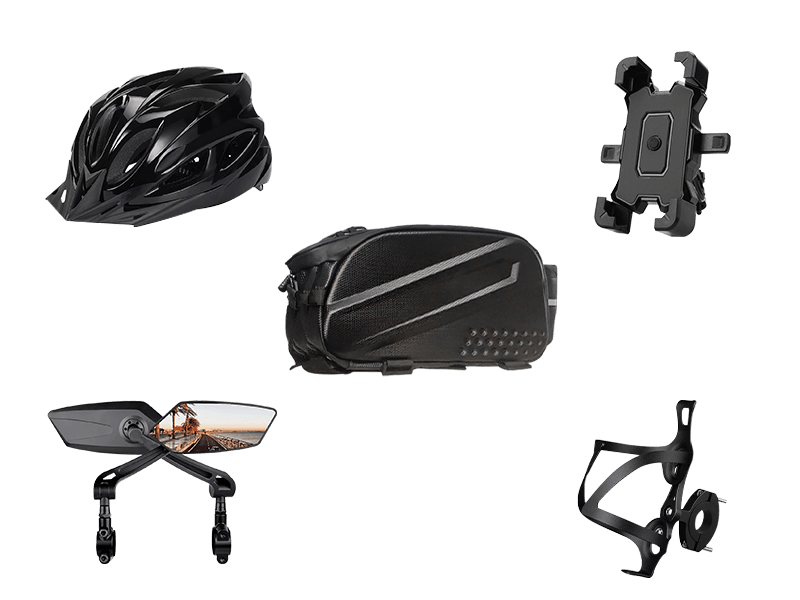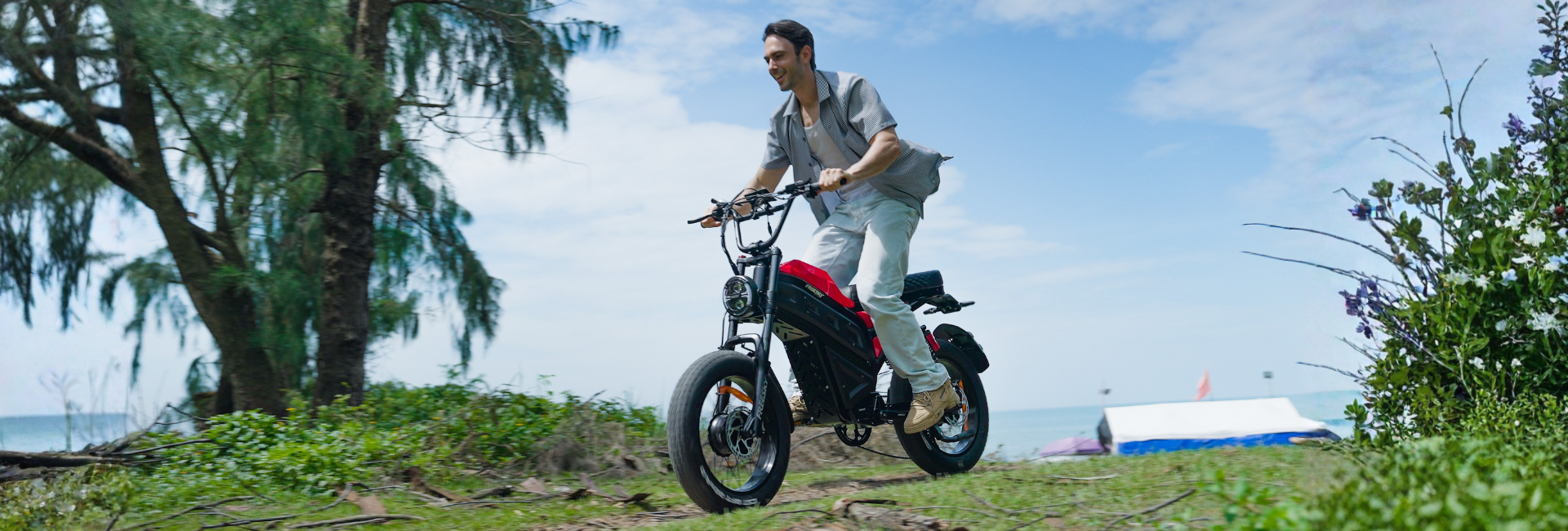Electric Fat Tire Bikes: The Ultimate Long-Distance Adventure Machines
MAR 28, 2025
When it comes to exploring the great outdoors, electric fat tire bikes have carved out a unique niche. With their rugged design, oversized tires, and powerful motors, these bikes are built to handle everything from sandy beaches to snowy trails. But one question lingers for adventure enthusiasts: Can these beastly machines truly conquer long-distance journeys? Let’s dive into why fat tire e-bikes might just be your ultimate companion for epic rides.
The Rise of Fat Tire E-Bikes: Built for the Unconventional
Fat tire electric bikes aren’t just a novelty—they’re engineered for resilience. Their 4- to 5-inch-wide tires provide unmatched stability and traction, allowing riders to glide over terrain that would stall traditional bikes. Paired with robust mid-drive or hub motors and long-lasting batteries, these bikes are redefining what’s possible for off-grid exploration. But does this translate to endurance over miles?
Key Features That Make Long-Distance Rides Possible
-
Battery Power & Range
Modern fat tire e-bikes are equipped with high-capacity lithium-ion batteries (500Wh to 1,000Wh+) that can deliver 40–80+ miles on a single charge, depending on riding mode and terrain. For extended trips, many models support dual-battery setups or portable chargers, ensuring you’re never stranded. -
Motor Efficiency
Mid-drive motors, common in premium fat tire e-bikes, optimize power distribution and adapt seamlessly to shifting terrains. This efficiency reduces battery drain, making long rides more sustainable. -
Comfort & Stability
Fat tires act as natural shock absorbers, smoothing out bumps on rocky trails or gravel roads. Combined with ergonomic saddles and adjustable suspension forks, these bikes minimize fatigue—a game-changer for multi-day adventures. -
All-Terrain Versatility
Whether you’re crossing desert dunes, navigating forest trails, or pedaling through mud, fat tires ensure consistent performance. This adaptability means fewer detours and more direct routes, saving time and energy.
Challenges (and Solutions) for Long-Distance Riders
While fat tire e-bikes excel in many areas, long-distance adventures require thoughtful planning:
-
Weight: Fat tire e-bikes are heavier (60–80 lbs) due to their robust frames and components. However, pedal-assist modes and torque sensors offset this, making climbs and acceleration feel effortless.
-
Aerodynamics: The wide tires create more drag at high speeds. Solution? Stick to moderate speeds (15–20 mph) to conserve battery and enjoy the scenery.
-
Charging Infrastructure: Remote routes may lack charging stations. Pack a solar charger, opt for a dual-battery system, or plan stops near campgrounds/cafés with outlets.
Real-World Success Stories
Adventurers worldwide are proving fat tire e-bikes’ long-distance prowess:
-
Desert Expeditions: Riders have traversed the Mojave Desert using fat tire e-bikes, leveraging their traction on sand and extended battery life to cover 50+ miles daily.
-
Snowy Trails: In Nordic regions, riders tackle multi-day winter trails, where fat tires float over snow and motors combat harsh winds.
-
Bikepacking: From the Rockies to the Alps, bikepackers pair fat tire e-bikes with lightweight gear, using eco-mode to stretch battery life across days.
Tips for Planning Your Long-Distance Fat Tire E-Bike Adventure
-
Test Your Setup: Do shorter shakedown rides to fine-tune tire pressure, battery usage, and gear loadouts.
-
Prioritize Range: Use eco mode on flats, reserve higher assist levels for climbs, and keep tires properly inflated.
-
Pack Smart: Invest in waterproof panniers, spare tubes, and a compact repair kit.
-
Know Your Route: Use GPS apps to locate charging points and terrain-specific trails.
Conclusion: The Future of Adventure Riding is Fat & Electric
Electric fat tire bikes aren’t just surviving long-distance adventures—they’re thriving. With advancements in battery tech, motor efficiency, and durable components, these bikes empower riders to go farther, explore wilder landscapes, and redefine their limits. Whether you’re chasing horizons on a weekend getaway or embarking on a cross-country odyssey, a fat tire e-bike turns "impossible" into "unforgettable."
Ready to take on your next big adventure? Explore our range of high-performance fat tire electric bikes designed to go the distance—wherever your journey leads.


